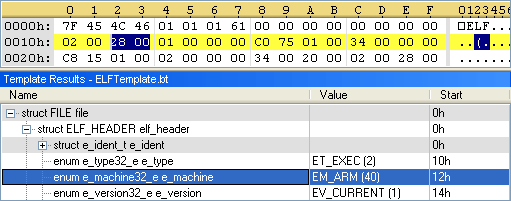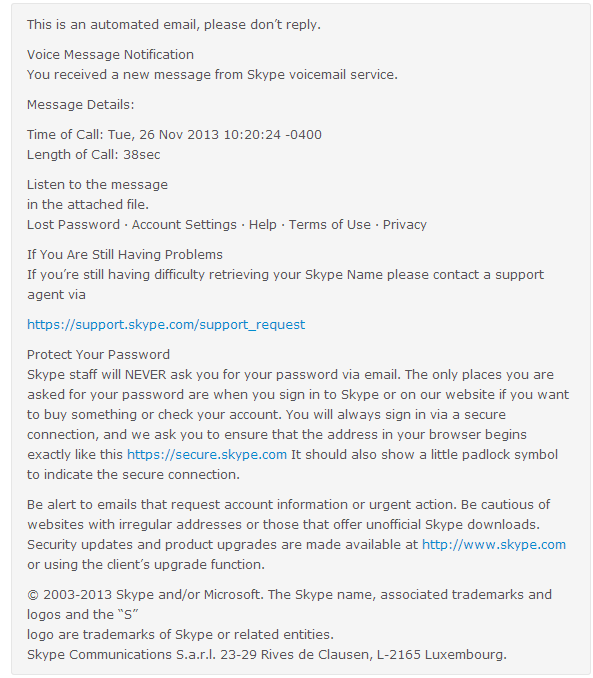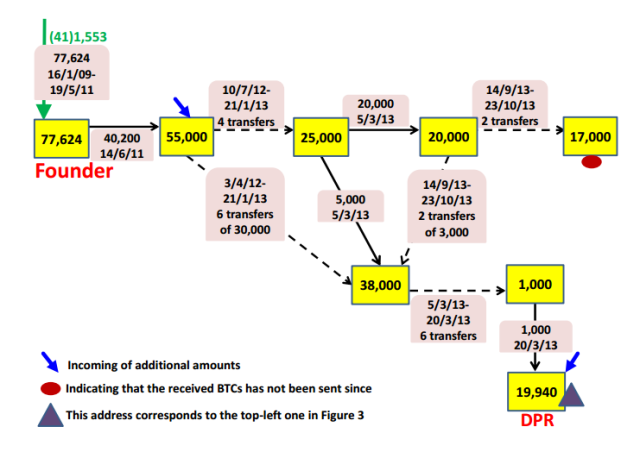
The increasing public attention of Bitcoin did not go unnoticed by Cyber Criminals who have begun unleashing Bitcoin Mining malware.
Security researchers at Malwarebytes warned about a new malware threat, in which Bitcoin Miners are bundled with third party potentially unwanted programs (PUPs) that come bundled with legitimate applications.
Malware allow cybercriminals to utilize systems’ computing resources for their own gain. “This type of system hijacking is just another way for advertising based software to exploit a user into getting even more cash.”
The malware is found to be using ‘jhProtominer’ a popular mining software that runs via the command line, to abuse the CPUs and GPUs of infected computers to generate Bitcoins.
Upon further investigation Malwarebytes found that the parent of the Bitcoin miner was “monitor.exe”, a part of YourFreeProxy application, which “beacons out constantly, waiting for commands from a remote server, eventually downloading the miner and installing it on the system.”
However, it seems that the company behind the application has a specific clause 3 in the EULA that talks about mathematical calculations similar to the Bitcoin mining operation. This means that the company behind the software can and will install Bitcoin miners and use system resources to perform operations as required to mine Bitcoins and keep the rewards for themselves.
The growing presence of Bitcoin-mining malware reinforced the increasing popularity of the currency. Cyber Criminals always try to find new ways to monetize their malicious activities. Bitcoin generation allows them to do just that.
To be safe, we highly recommend you use a professional Antivirus solution able to find and safely remove malware from your system. Safe computing habits can help prevent system infection and Bitcoin mining, so do not download and install applications from unknown sites.
![]()
via The Hacker News http://thehackernews.com/2013/11/dont-install-crap-bitcoin-mining.html















